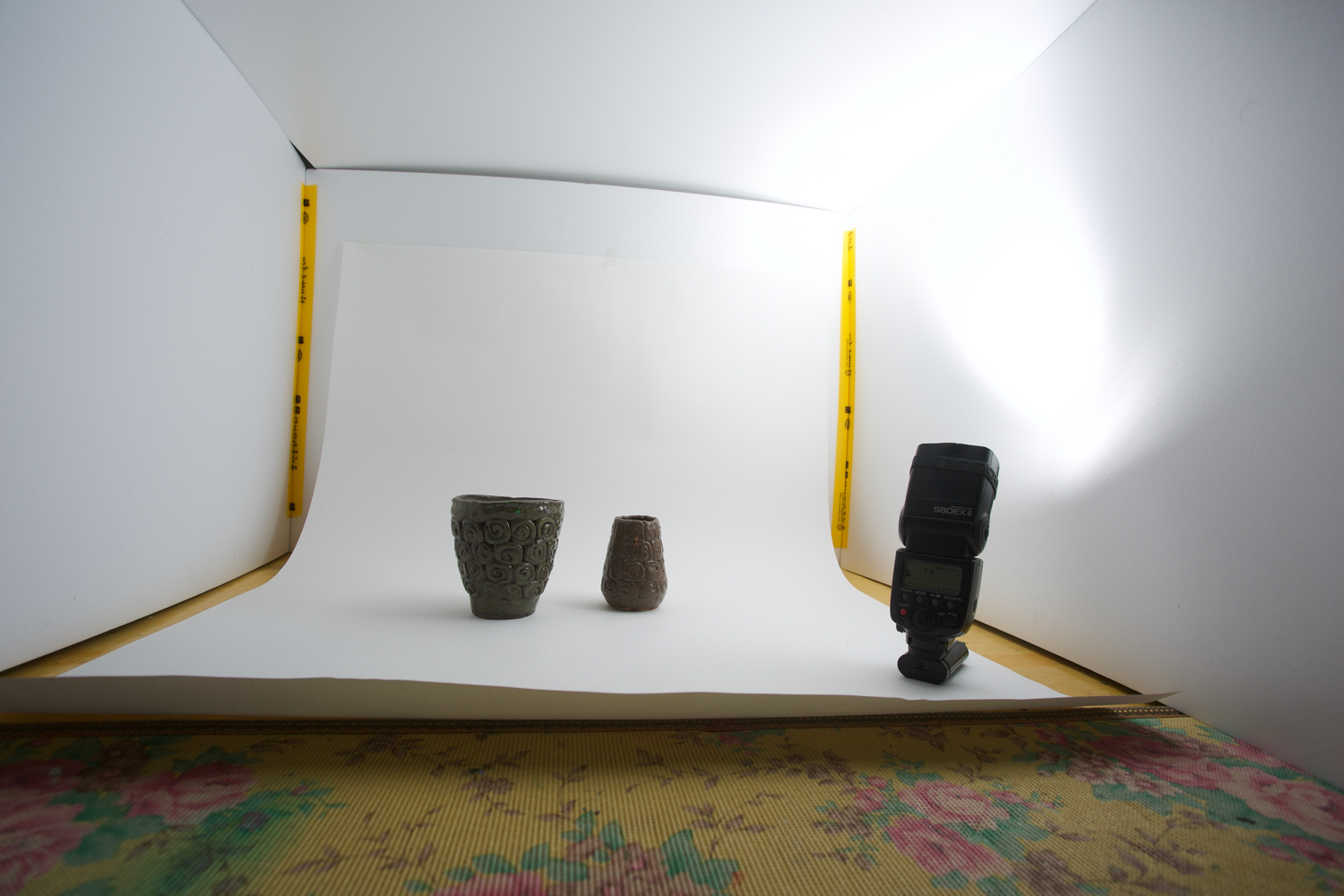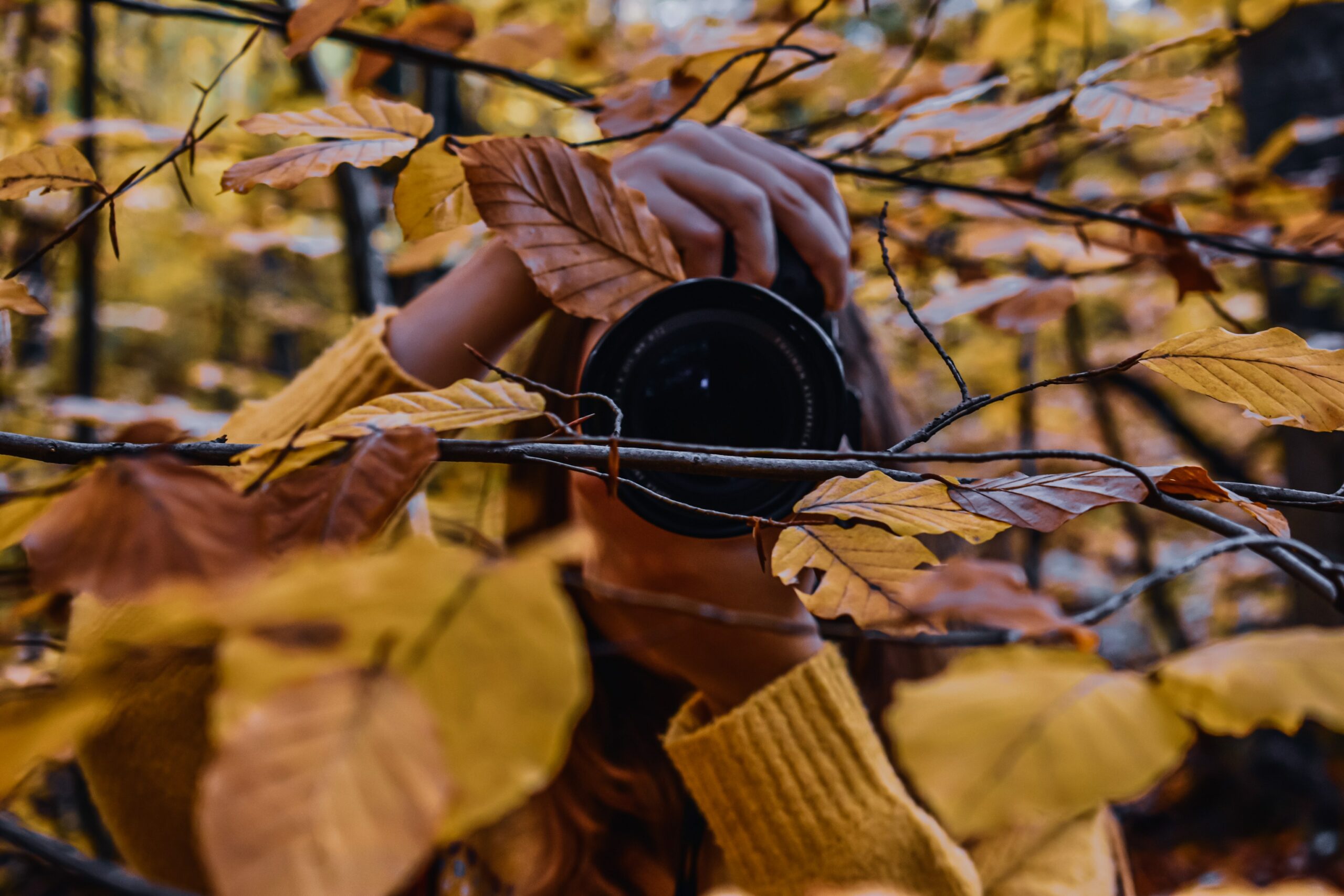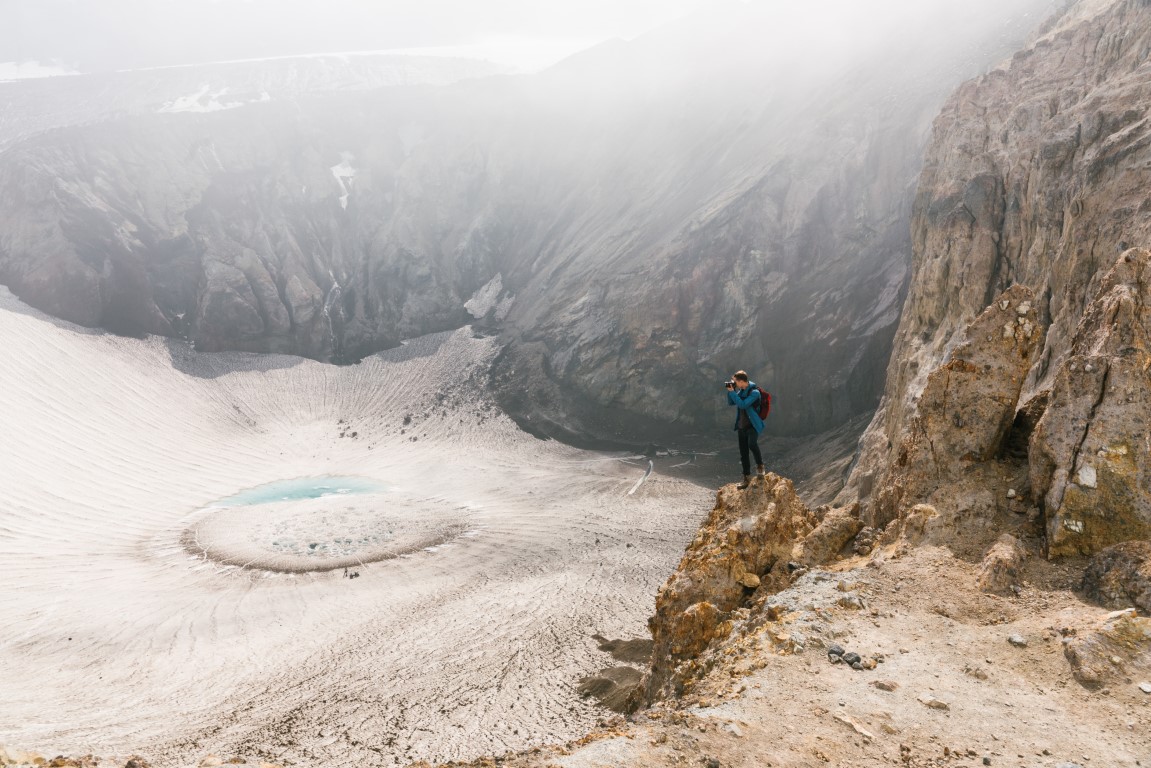When people think of photography, they often think of frozen moments captured in a snapshot. But there’s a lot more to photography than just point-and-shoot!
The exploration of photography as fine art requires a deeper appreciation for the artistry involved and an understanding of how to use special techniques to create works of visual expression.
Since its creation in the 19th century, photography has advanced significantly. It has transformed from a tool largely used for recording and portraiture into a medium that can be utilized to produce potent and provocative works of art. In order to qualify as fine art, photography must represent something other than just a single instant in time, such as a concept, a sentiment, or a narrative.
Photography as a Fine Art
Important social and political concerns have been addressed using fine art photography as a platform. Photographers have used their art to document and spread awareness of problems including poverty, human rights abuses, and environmental destruction. Photographers frequently utilize their photographs to bring attention to these problems, and the strength of their images can spur societal change.
The act of generating fine art photography involves more than just pressing the shutter; it also involves the considerations and choices made after the image has been taken. To produce a more dynamic composition and direct the viewer’s attention to the topic of the photograph, digital manipulation of the image can be used to change the color, contrast, and brightness, as well as crop and composite the image. Understanding the distinction between editing to enhance and editing to change an image is crucial because excessive editing can dilute the authenticity and vitality of the event.
The Techniques of Photography as a Fine Art
Depending on the photographer and the subject matter, the techniques utilized in fine art photography might differ substantially. However, a few typical methods are as follows:
- Composition: This refers to the arrangement of elements in the photograph and how they relate to each other. Photographers use composition to create balance, contrast, and movement in the image.
- Lighting: Lighting is a crucial element in photography, and fine art photographers pay close attention to the direction, quality, and intensity of light in their images.
- Exposure: This refers to the amount of light that is allowed to enter the camera and can be adjusted to create a specific mood or effect.
- Printing and post-processing: With digital technology, fine art photographers have the ability to manipulate and print their images in a variety of ways. Post-processing can be used to adjust color, contrast, and other elements to create the desired look and feel of the image.
The Ideas Behind Photography as a Fine Art
Depending on the photographer and the subject matter, the concepts underlying fine art photography can differ substantially. However, there are a few recurring themes:
- Documentary photography: This makes use of photography to observe and record the world around us, frequently with an emphasis on social and political topics.
- Conceptual photography: This type of fine art photography uses photography to explore and express ideas and concepts. It can be more abstract or experimental in nature.
- Personal expression: Self-expression through fine art photography is another opportunity for the photographer to explore their own feelings, thoughts, or experiences.
- Environmental photography: This type of fine art photography deals with capturing nature and natural landscape photography in a creative and expressive way
- Street photography: This branch of fine art photography documents commonplace activities in public settings. It can be utilized to provide individualized, subjective perceptions of the world or to record society and culture.
- Portrait photography: The goal of portrait photography, a type of fine art photography, is to portray a subject’s likeness and personality. It frequently makes use of lighting, composition, and digital modification to set the mood or deliver the intended message. Portrait photography is a means to express yourself and convey a narrative via the lens. It can be utilized for personal or professional reasons, as well as for social and political commentary.
The Importance of Context
The context in which a piece of fine art photography was made is one of the most crucial things to comprehend. Included in this is the photograph’s historical, social, and cultural setting. For instance, if the viewer is aware of the historical or cultural significance of a particular area or event, a photograph of that location or event may have a higher meaning. The viewer’s comprehension and appreciation of the image can also be deepened by understanding the photographer’s aims, methods, and concepts.
Conclusion
On the ending not, fine art photography is evolving with eh span of time and is only going to get more exciting and be applied over a broad range of scenarios. With the tremendous rise of technology, fine art photography will continue to push boundaries and inspire new ways of capturing moments of this world. In the field of fine art photography, there’s always something new to learn, whether you’re a professional photographer, an aspiring artist, or just someone who likes the art form. It will be fascinating to observe where fine art photography goes in the future as new technological options for experimentation and the creation of fresh images open up.



